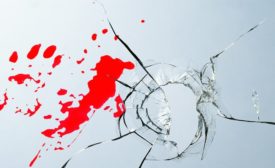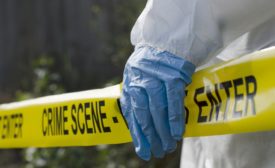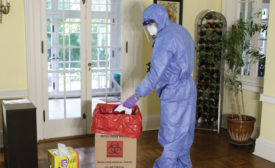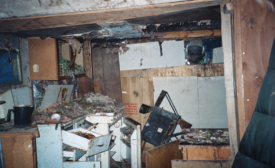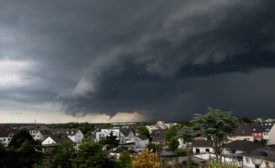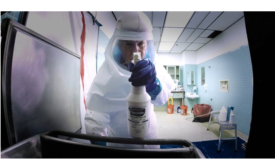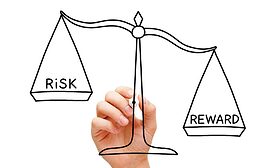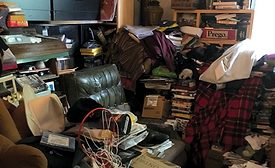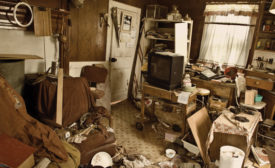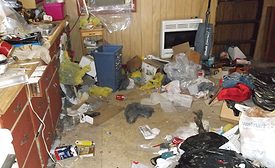Home » biohazard cleanup
Articles Tagged with ''biohazard cleanup''
What's the Big Deal with Forensic & Crime Scene Restoration?
As niche remediation market grows, so do training opportunities.
Read More
The History of Meth & Future of Decontamination
As the need for meth cleanup grows, so does the ability to make a profit.
Read More
A Tale of Time: Helping a Third-Generation Hoarder
“Hoarding ranges from mild to severe. In some cases, hoarding may not have much impact on your life, while in other cases it seriously affects your functioning on a daily basis.” – Mayo Clinic
Read More
Stay ahead of the curve with our eNewsletters.
Get the latest industry updates tailored your way.
JOIN TODAY!Copyright ©2024. All Rights Reserved BNP Media.
Design, CMS, Hosting & Web Development :: ePublishing
